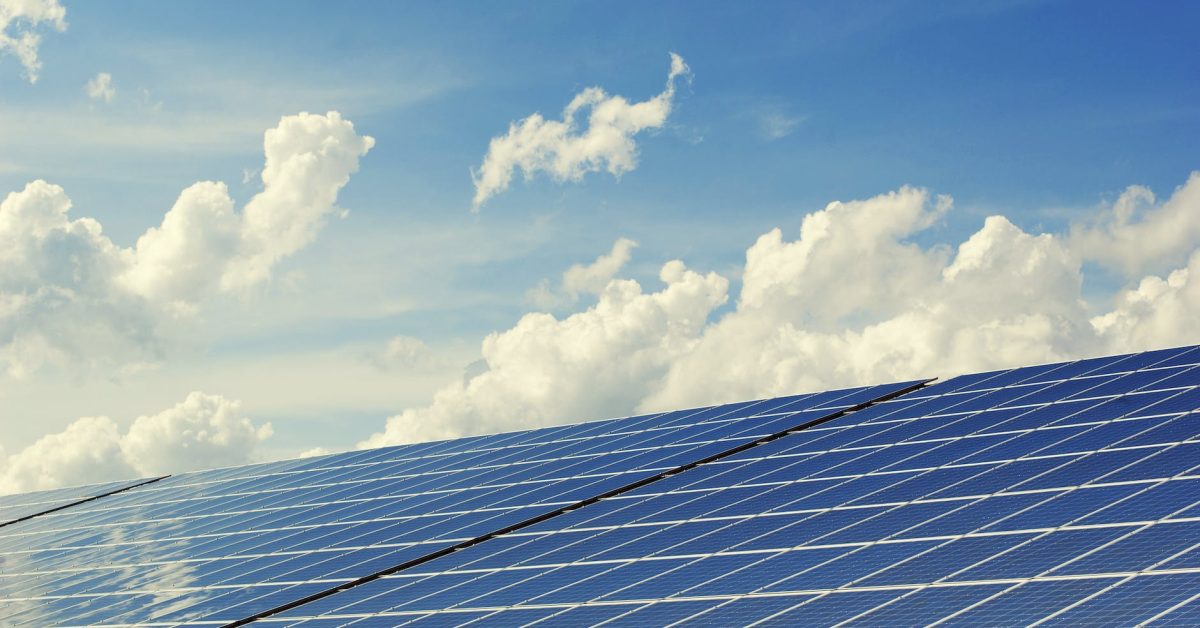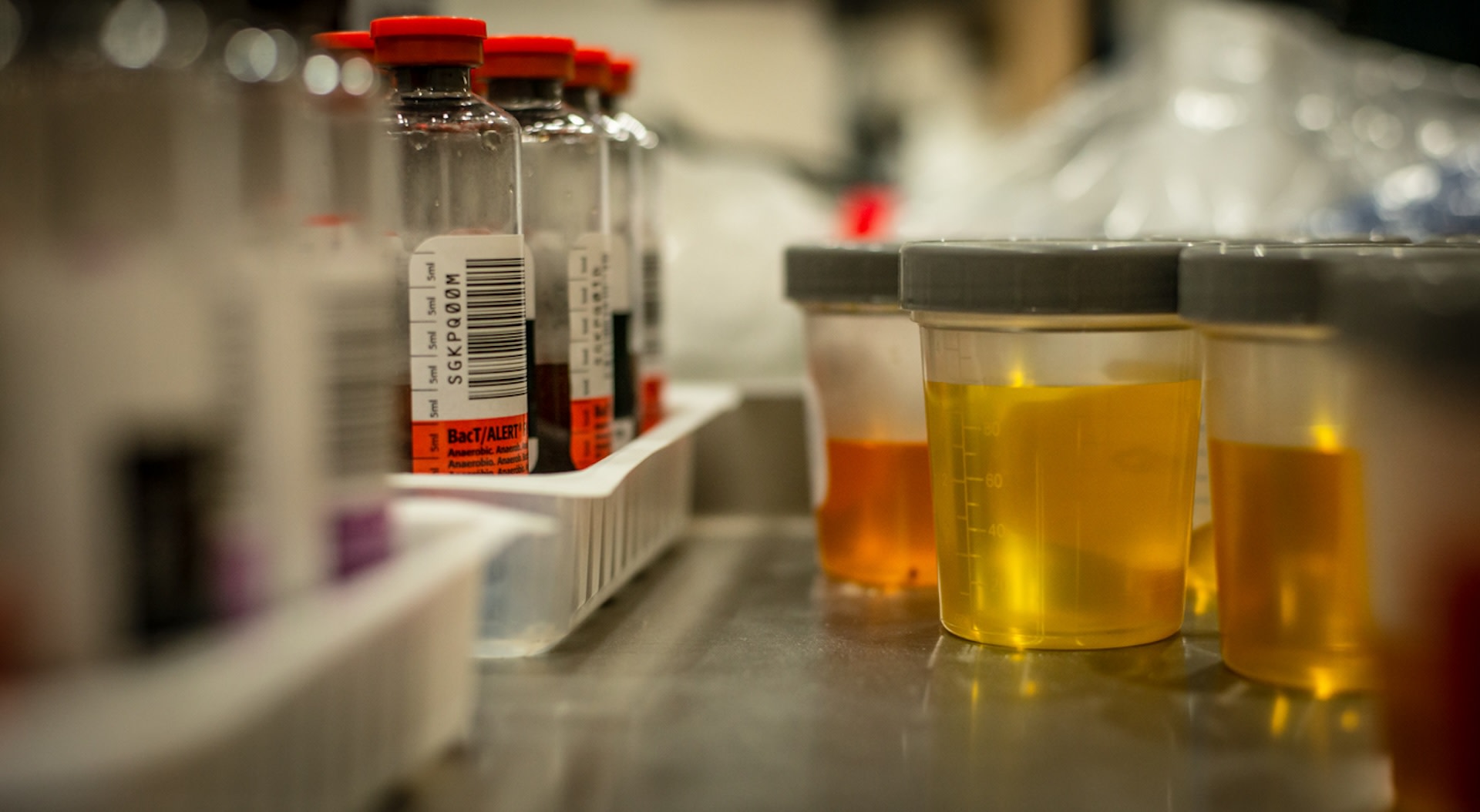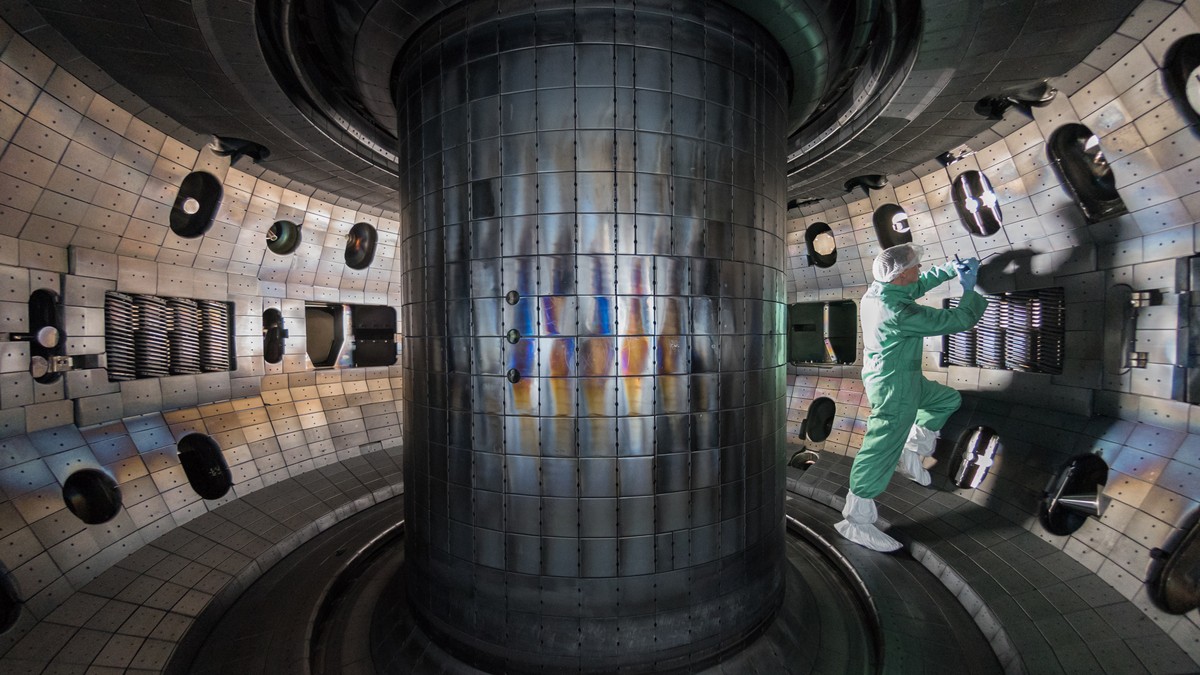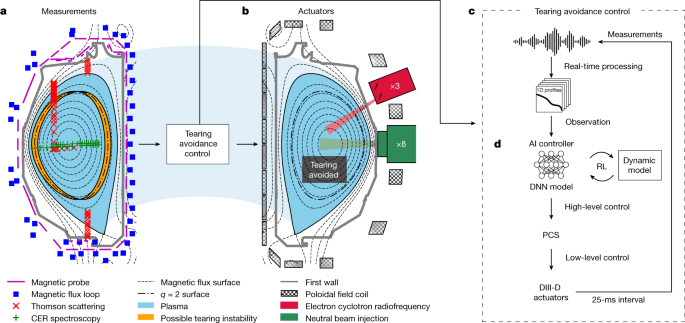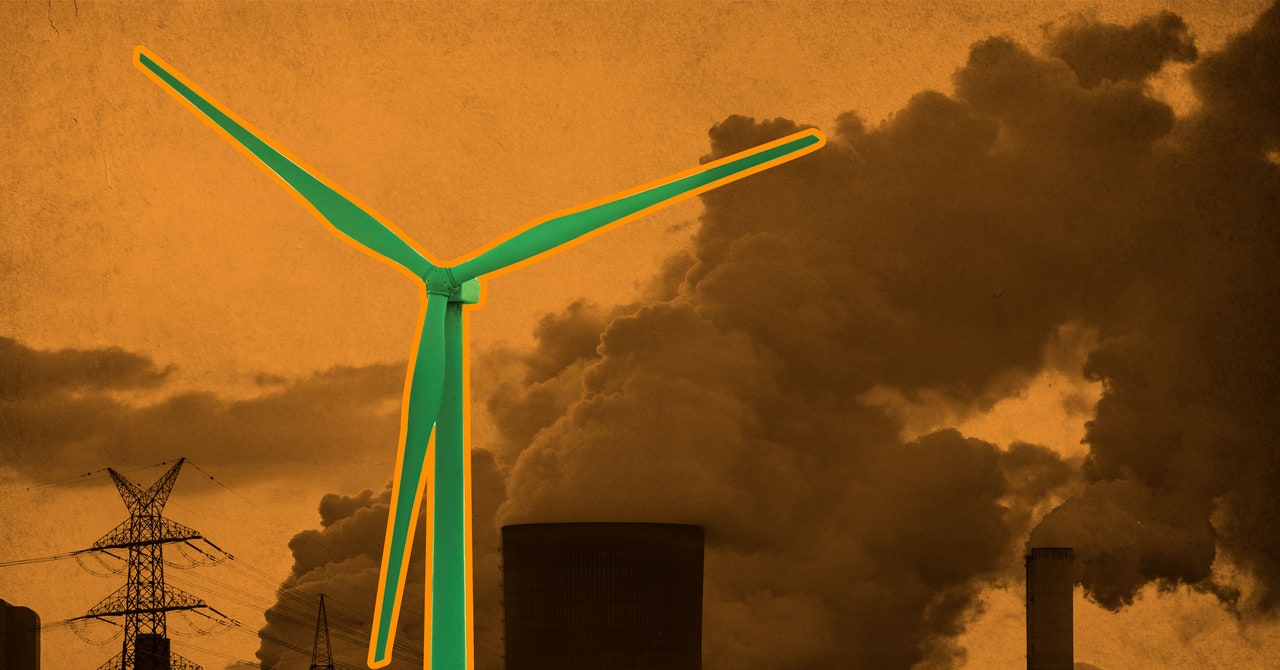DIY-HP-LED
Well-Known Member
Is A New US-China Trade War Brewing – Over Batteries? | Insight | Full Episode
Lithium has been called “White Gold”. It is a critical component of the future of power storage, and a prized possession in a potential trade war - a battle over batteries. Batteries will be the heart of the world's post-fossil-fuel future.
Right now, China dominates the battery market, from raw materials, to research, to manufacturing. Wary of Chinese supremacy, the US and EU want to break Beijing's grip on the battery market. Can they do it? And what impact will the brewing battery battle have on all of us?

